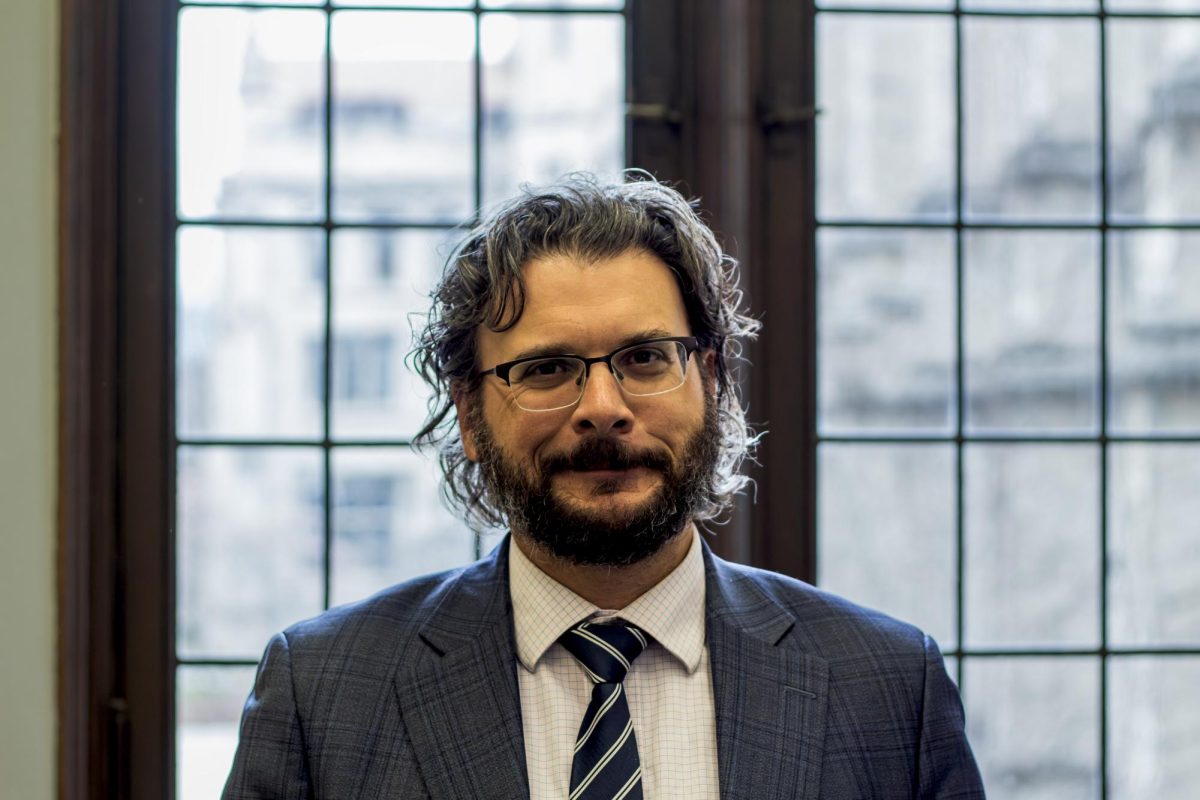[img id=”80668″ align=”alignleft”] University archaeologists have uncovered thousands of artifacts from sites around the world but have only recently tapped into an archaeological goldmine just down the street.
A group of students, led by anthropology Ph.D. candidate Rebecca Graff, has been working this quarter to dig up the long-buried remains of the World’s Columbian Exposition of 1893.
When Graff proposed her idea to the archeology department last year, the College suggested that she turn the dig into an archaeological methods course to be taught this quarter.
“The class has been great, but it does make things slower in many senses because the students have other classes and things to do so we can only dig twice a week,” Graff said.
The class of 20 students meets for lectures about the history of the fair and archaeological excavation methods. The actual digging occurs during lab sessions, which meet all day Friday or Saturday throughout the quarter.
Graff selected four areas of the 633-acre fairground site to excavate and began digging for artifacts in early April. The holes the class has dug are approximately three feet deep and sixand-a-half feet wide.
They have uncovered nails, plaster pieces, bricks, ceramics, and pieces of glass dating back to the 19th century.
“We collect anything that is an artifact. That means anything human-made, including the modern stuff. It is important not only to look at the Exposition, but also how the land has been used since then,” Graff said.
Scraps of product packaging have helped students piece together a picture of the dynamics and dimensions of the fair. World’s fairs and exhibitions were important stages for the debut of new products and innovations. The Chicago Fair was the birthplace of Cracker Jacks and Quaker Oats.
In addition to the nitty-gritty aspects of the excavation, the project also involves extensive paperwork and mapping. For the course’s final assignment, students will conduct research on an artifact of their choice.
“One of the great things about historical archeology is that it [provides] a lot of evidence to help us interpret the artifacts and what each tells us about the site,” Graff said.
Although the team moves the smaller discoveries into the lab for further analysis, larger finds like pipes and building foundations must be observed on site and mapped.
Graff has been interested in the World’s Fair since she first came to the University of Chicago, where she focuses on 19th-century habits of consumption and tourism.
Graff’s dig is a personal as well as a historical endeavor. Graff grew up in Los Angeles but learned from her family that one of her great-grandfathers, a Russian Jew, worked as a ditch digger on the Chicago Fair grounds after immigrating to the United States.
Over the course of six months in 1893, the Chicago Fair attracted 12 to 16 million people who visited and revisited the fantastical collection of classical exposition buildings, canals, restaurants, and other innovative attractions. Today, little trace of the physical Fair remains above ground, with the exception of the Palace of Fine Arts, which now houses the Museum of Science and Industry.









